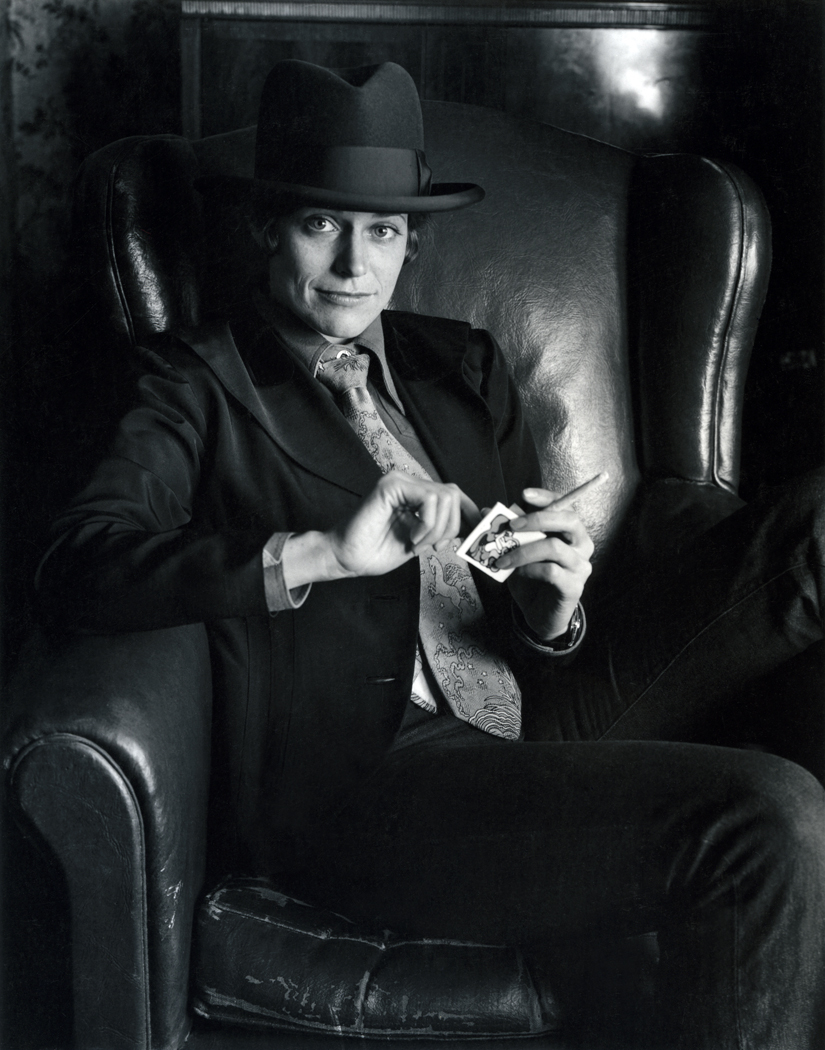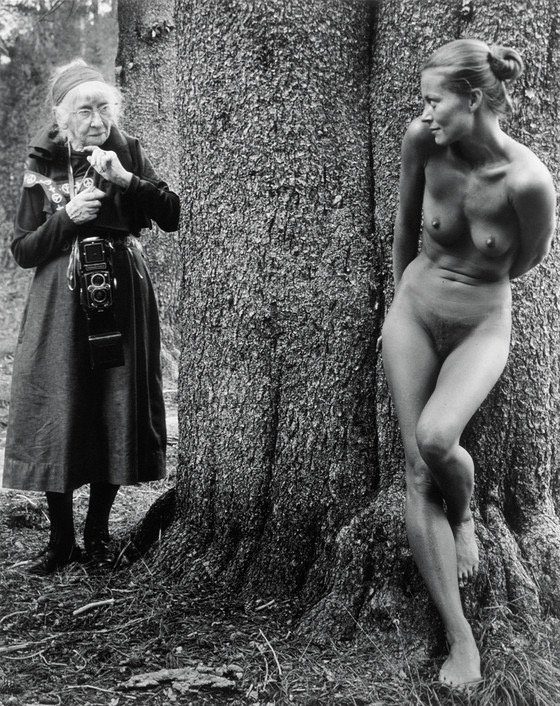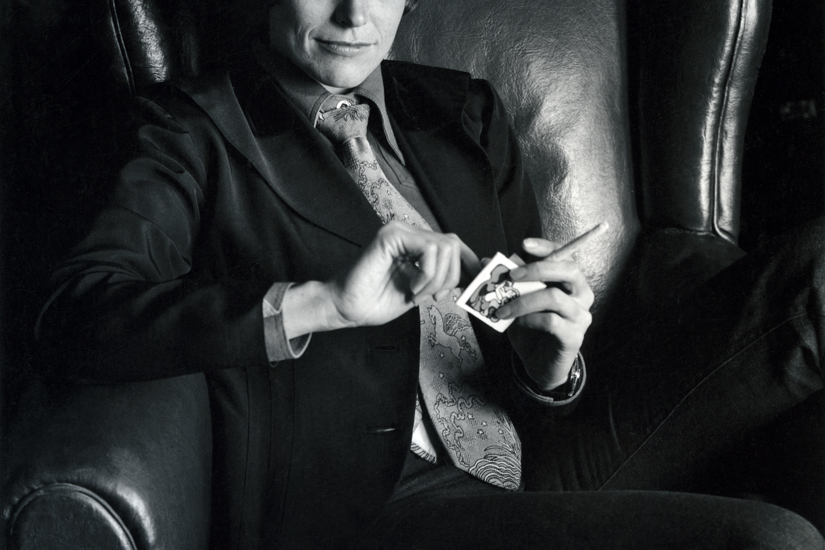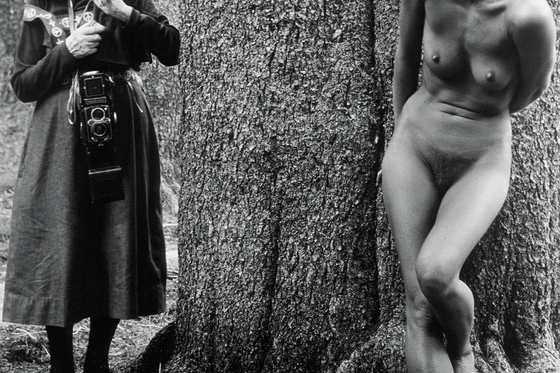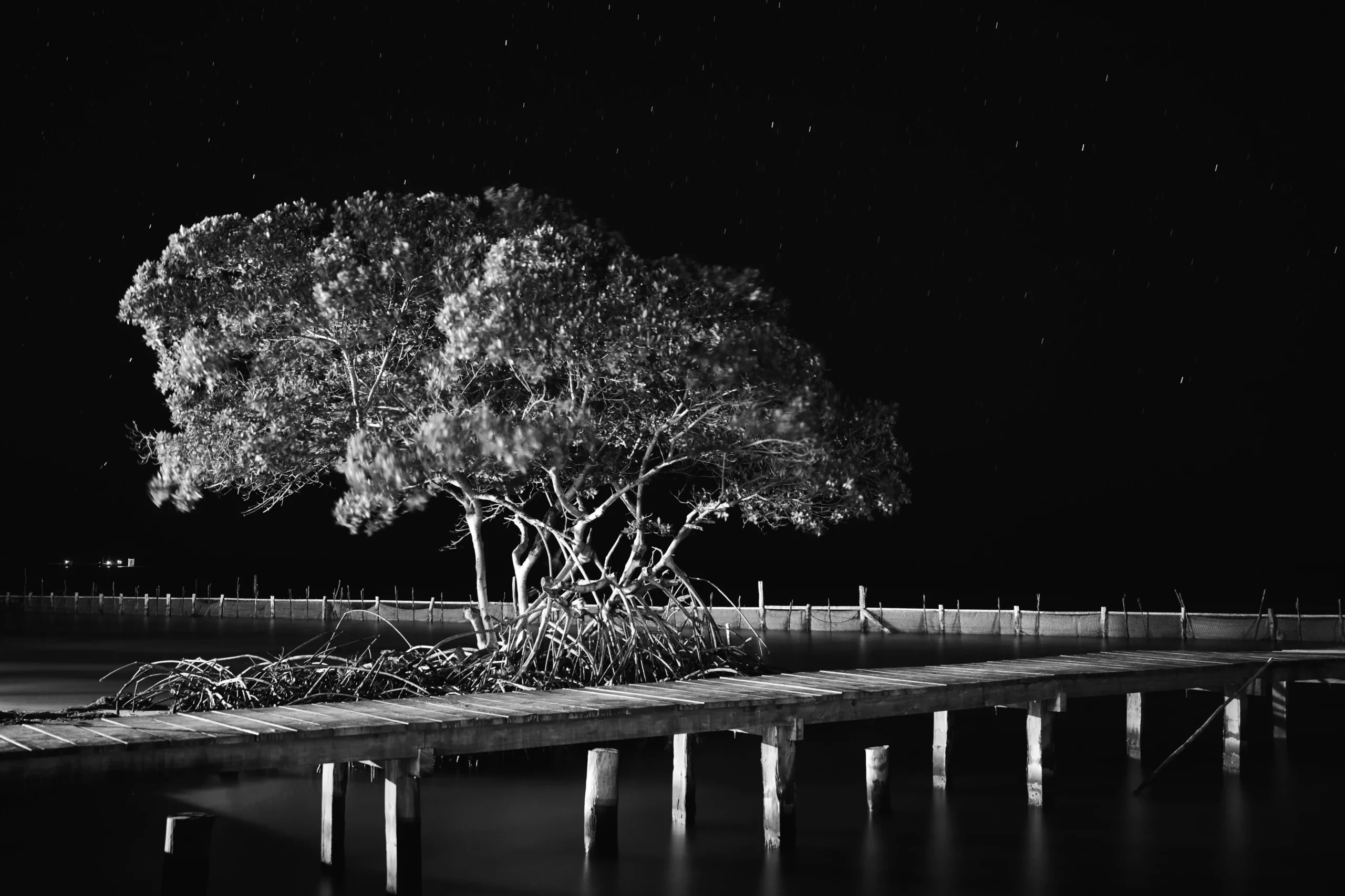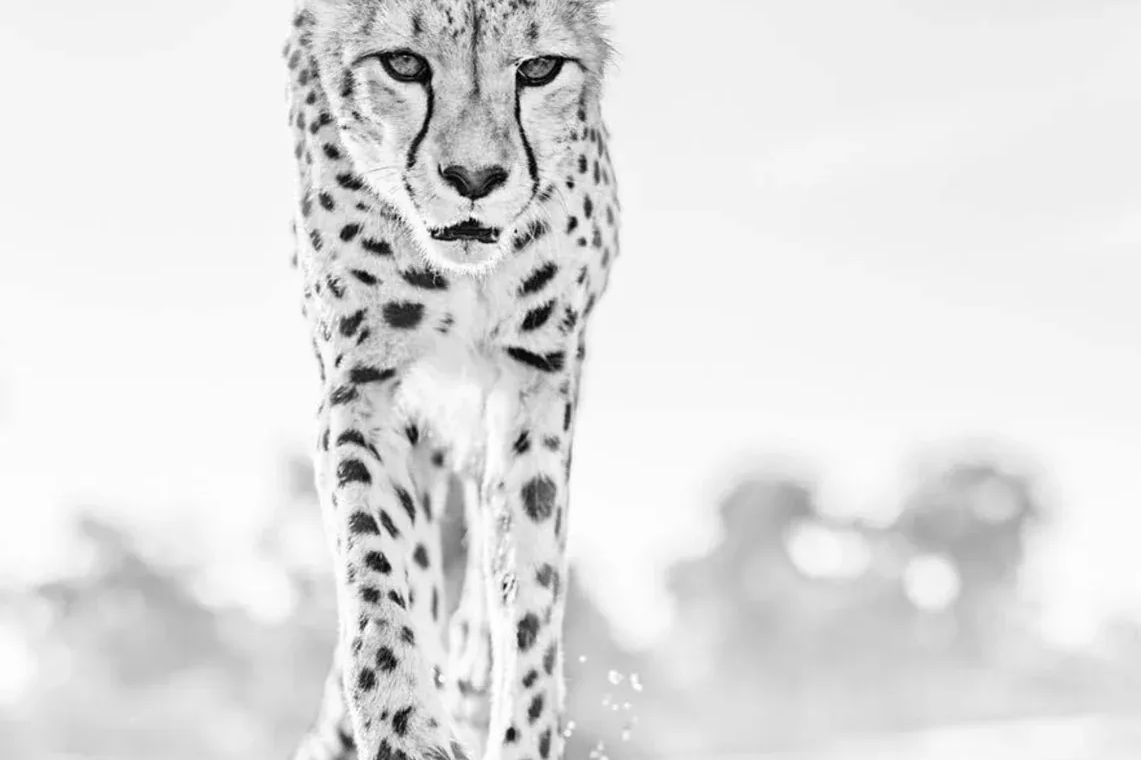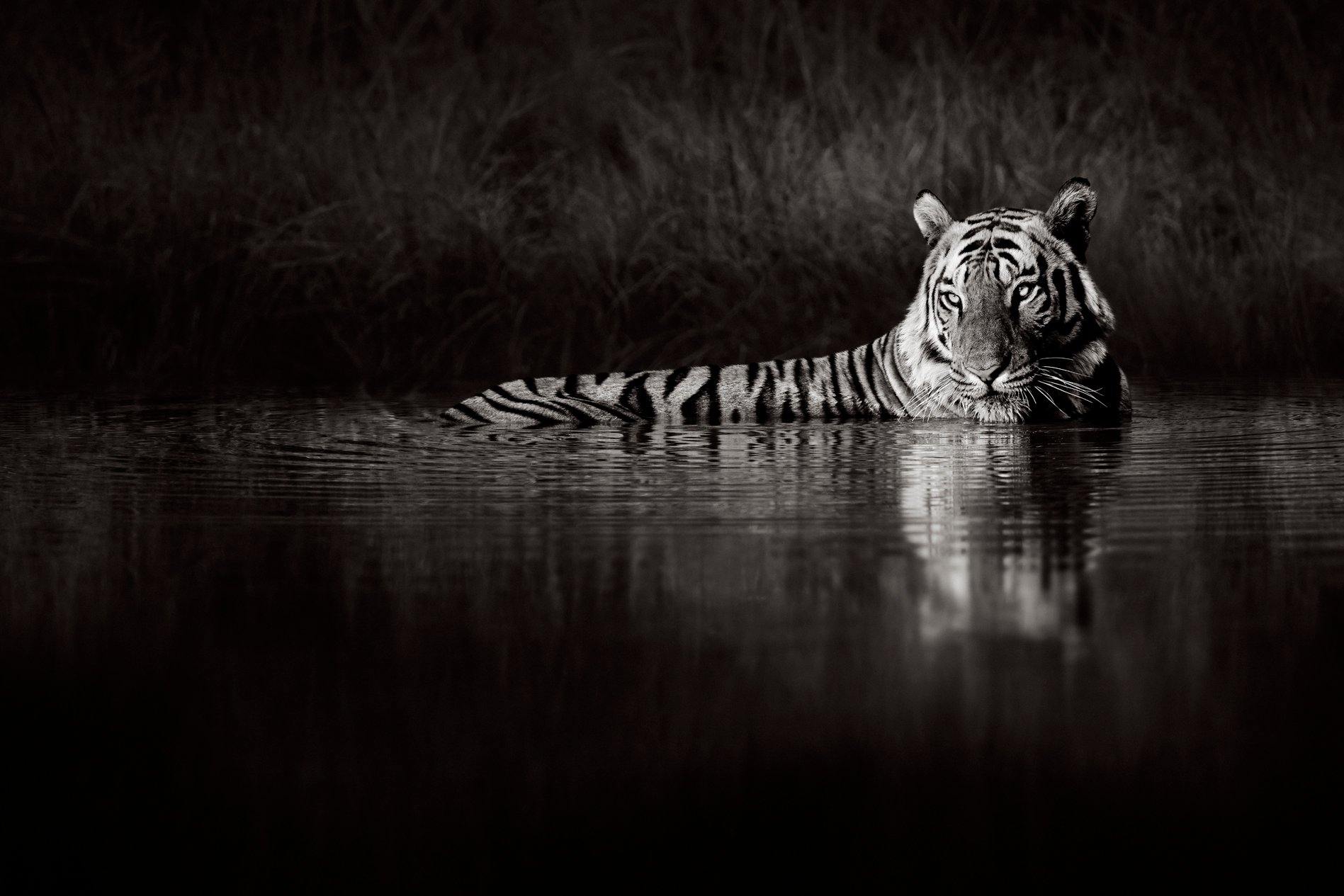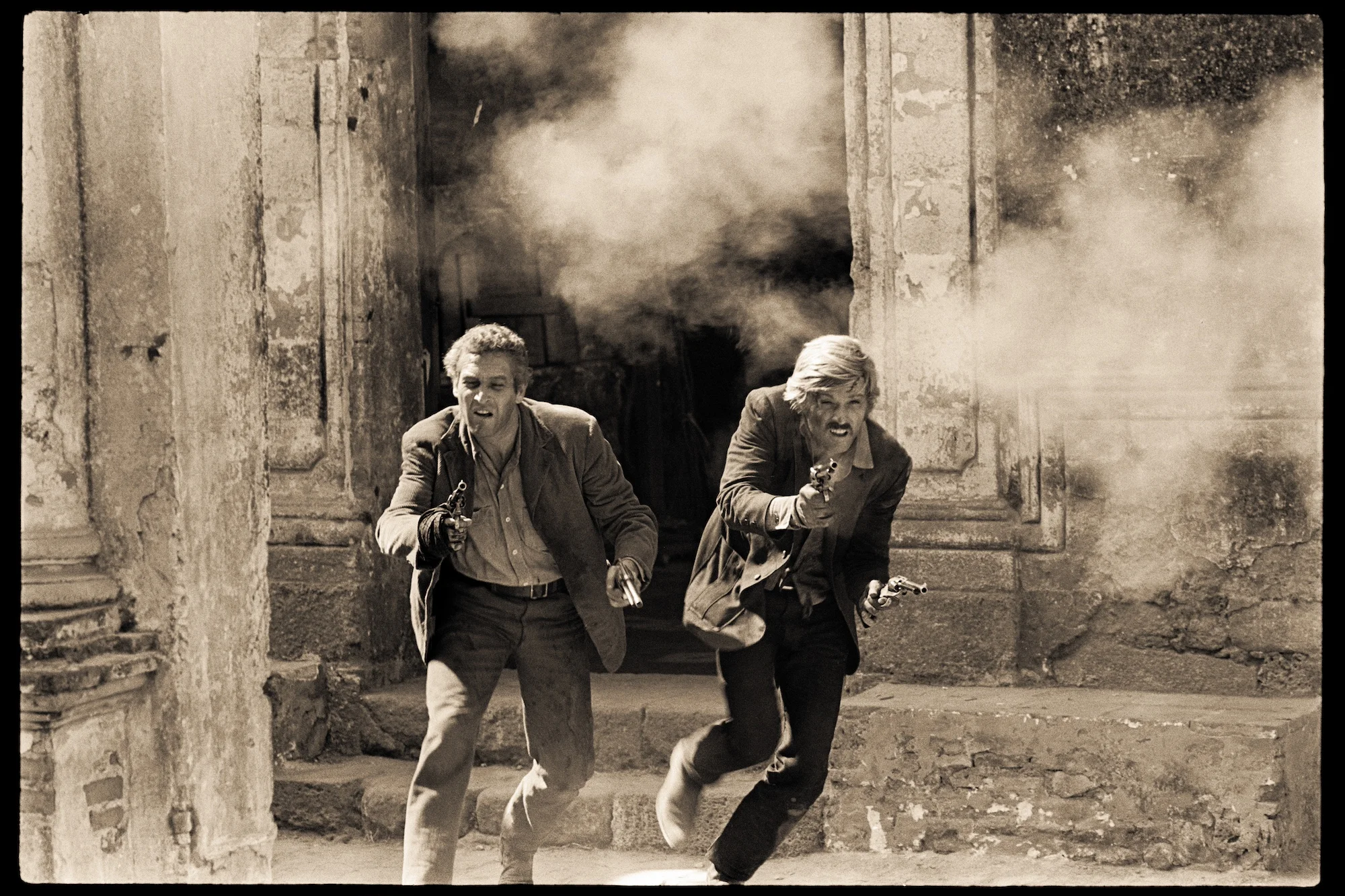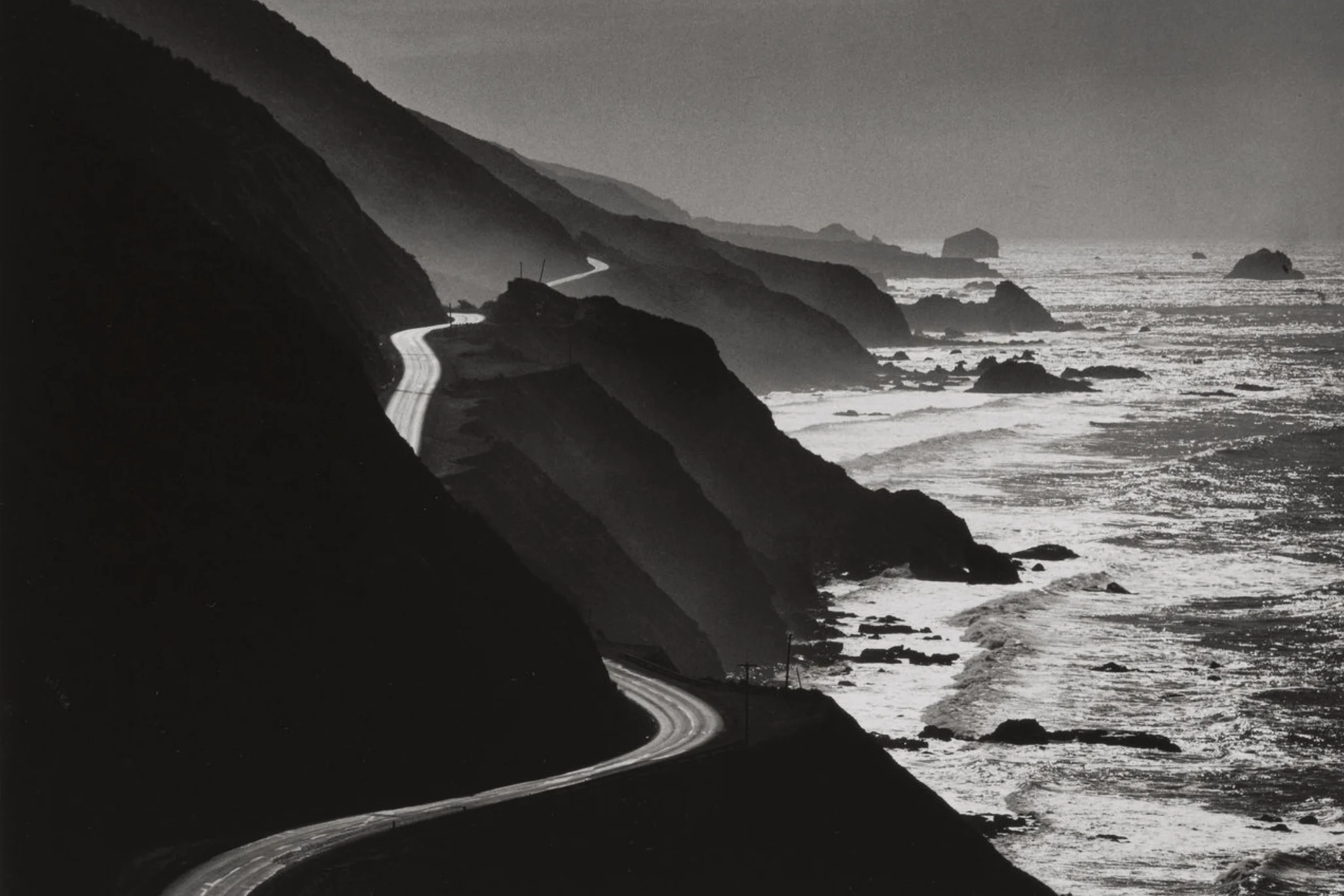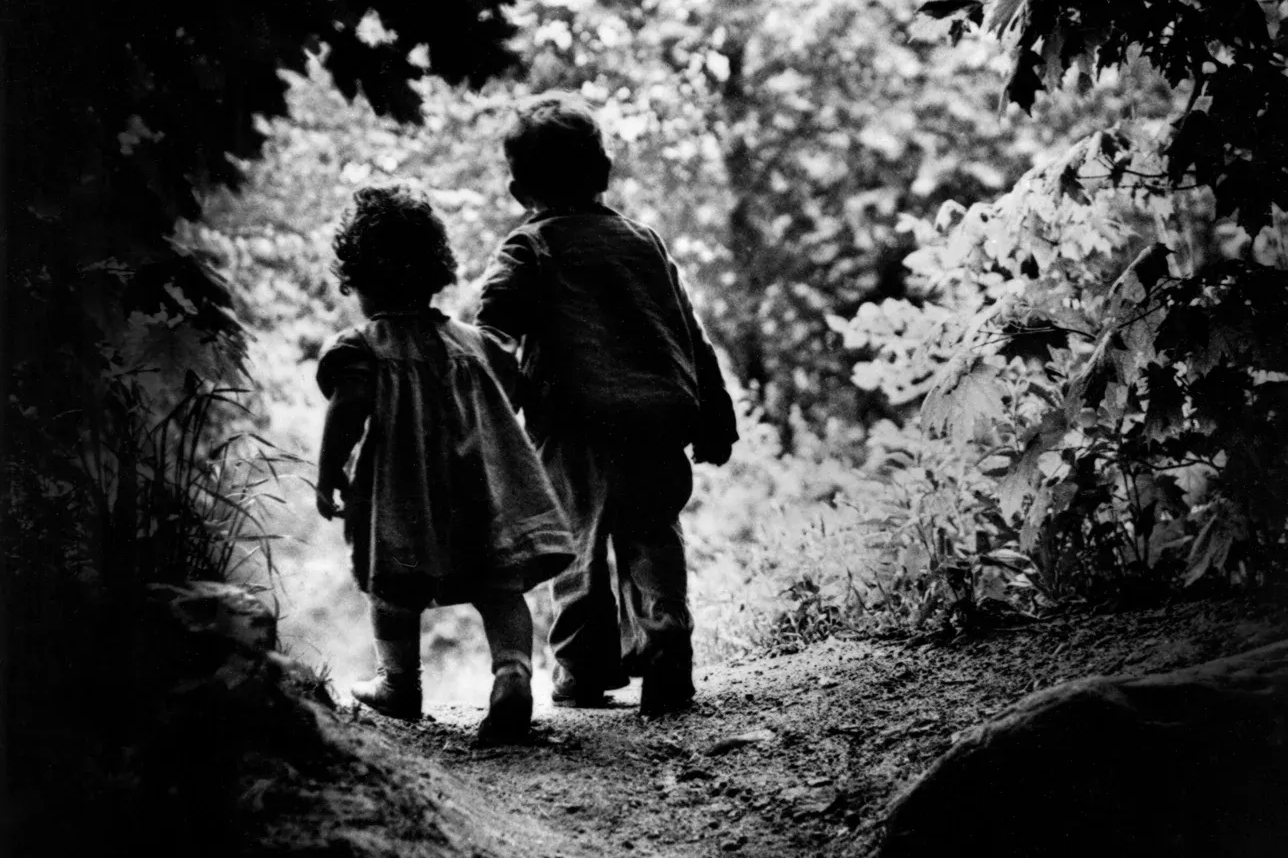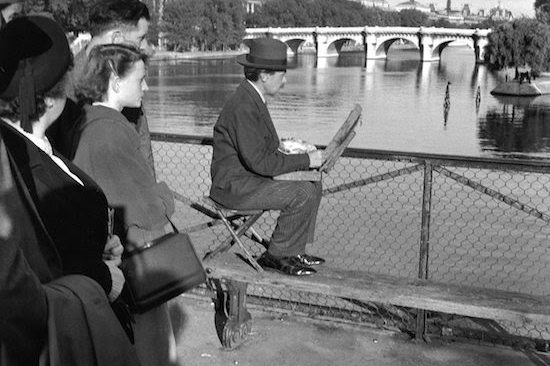JUDY DATER
(1941 - )
Judy Dater has long attracted critical and popular acclaim for her evocative pictures of women and men, clothed and nude. Informed by her feminist perspective, her insightful and compelling photographs introduced new models for portraiture, especially as they concerned presentations of women and the depiction of male subjects by a female artist. She is perhaps best known for her 1974 photograph, Imogen and Twinka at Yosemite, featuring an elderly Imogen Cunningham, one of America’s first woman photographers, encountering a nymph in the woods of Yosemite. The nymph is the model Twinka Thiebaud.
Dater’s father owned a movie theater, so movies became the prism through which she viewed the world, and they had a profound influence on her photography. Dater began her art career in Northern California and became part of the community of the west coast school of photography, often referred to as the Group f/64 an iconic Bay Area photography movement, primarily represented by the photographers Ansel Adams, Edward and Brett Weston, Wynn Bullock and Imogen Cunningham. Edward Weston was no longer alive, but the others all took an interest in her work and encouraged her to pursue photography as a career. Imogen Cunningham was particularly influential becoming one of Judy’s mentors as she was the only one of the group whose primary work centered on portraiture.
Like the Group f/64 she practiced a direct, unmannered approach to black-and-white photography that emphasized sharp focus and careful framing. Like them, Dater worked, and continues to work, within this tradition of straight photography—that is, she portrays the reality of the world without manipulating the photograph after it has been produced. To this she adds her keen ability to balance the facts recorded by the camera with a sensitivity to the humanity of her subjects, bringing an astute psychological focus to her portraits.


